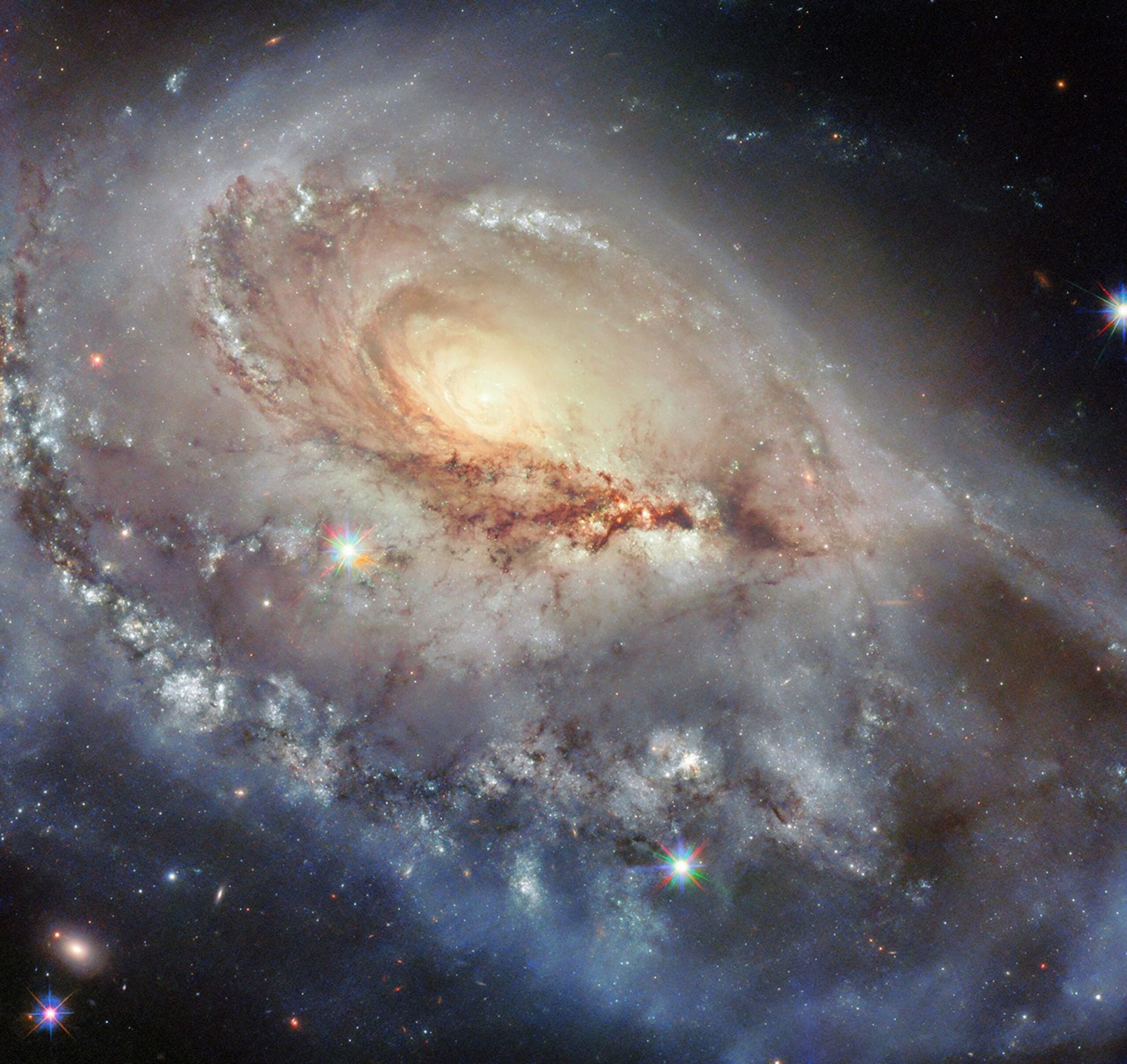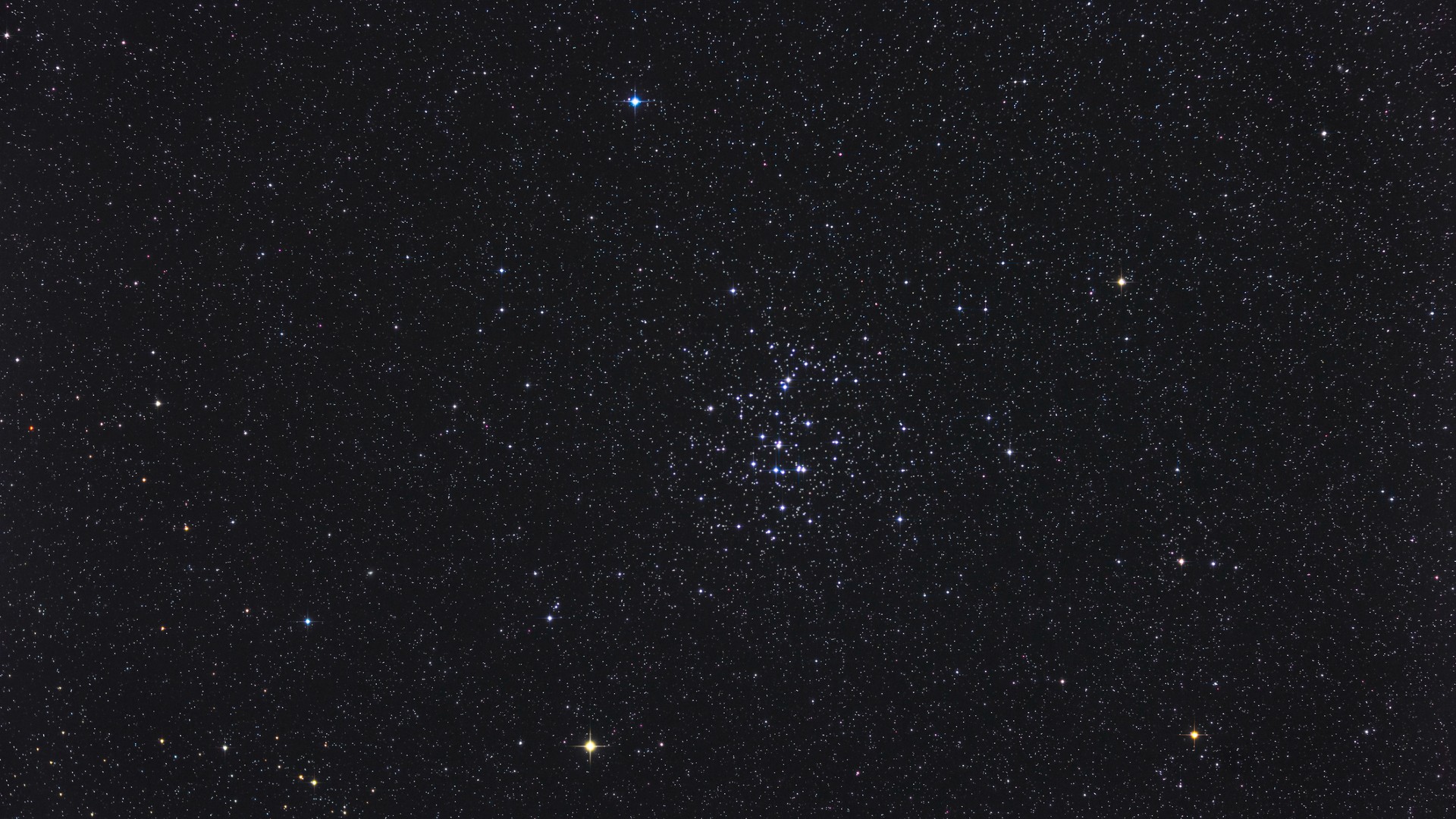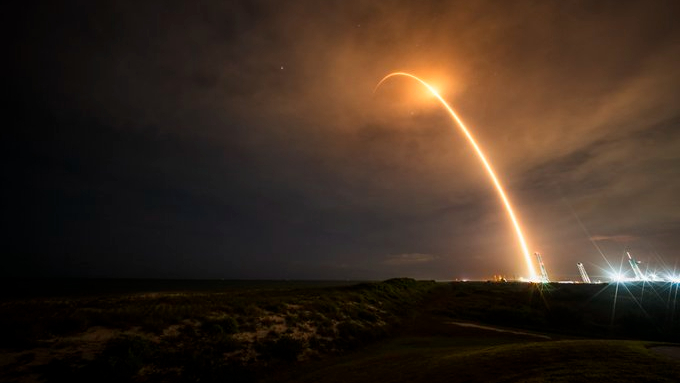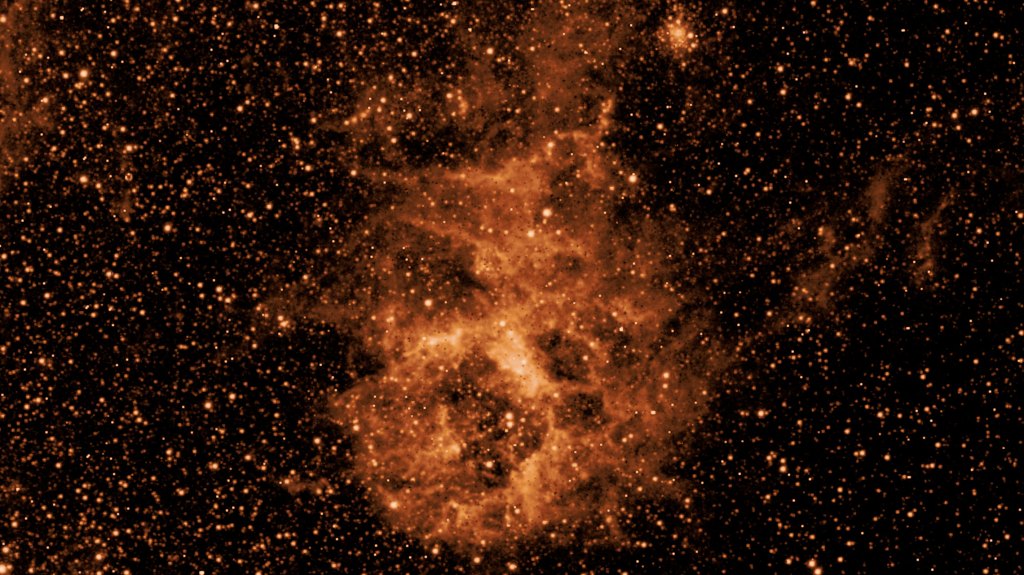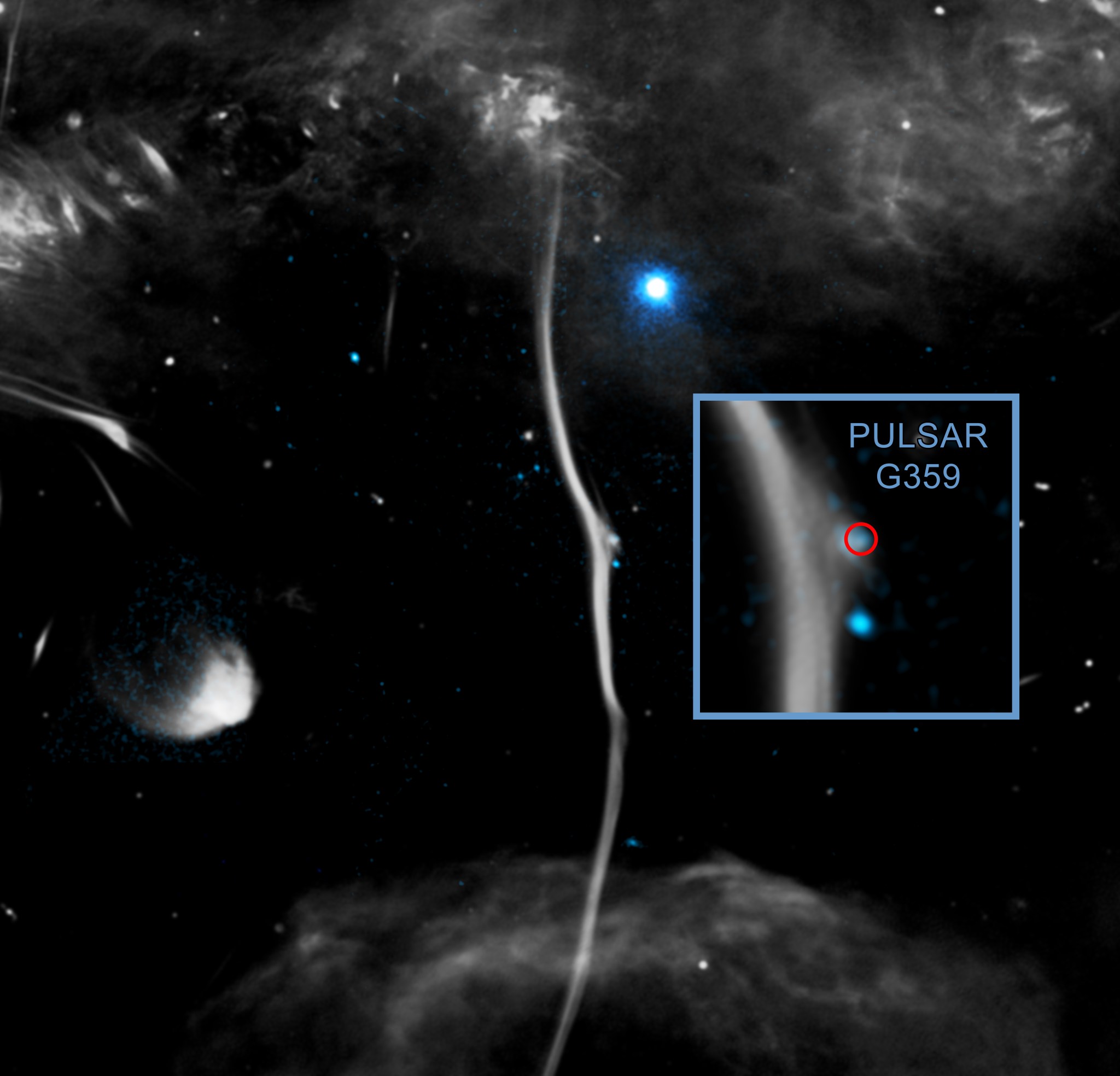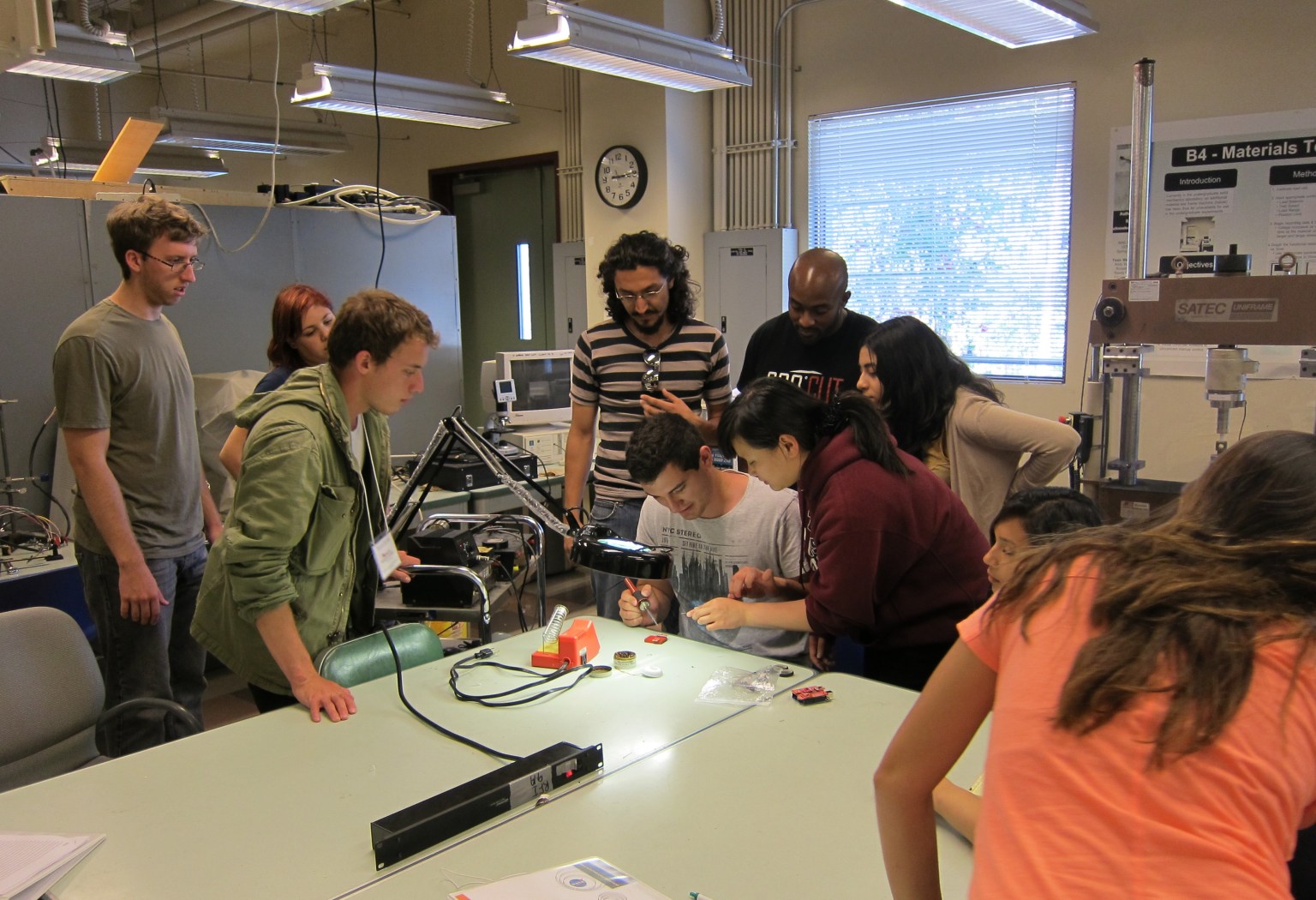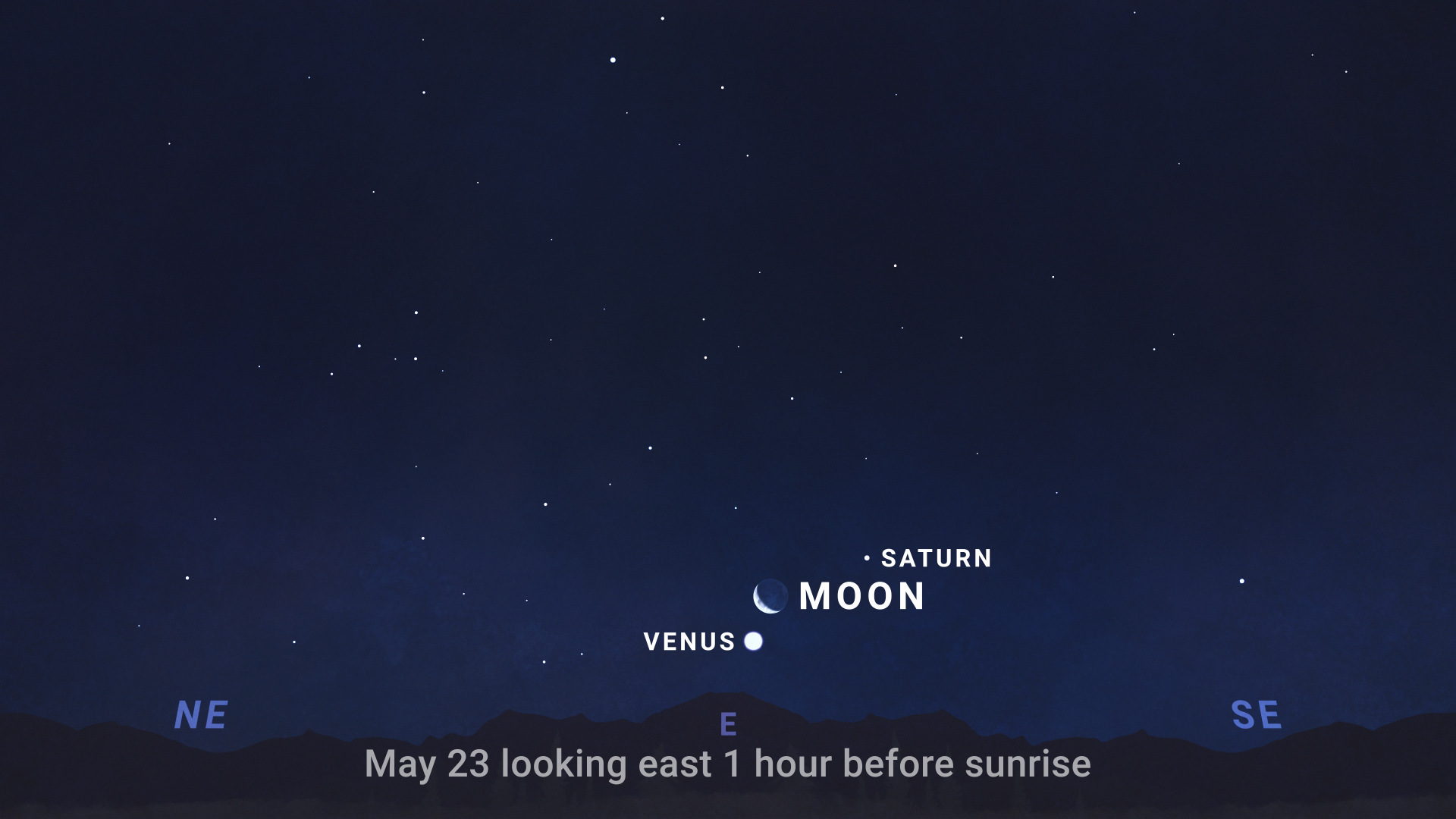Explore Hubble Hubble Home Overview About Hubble The History of Hubble Hubble Timeline Why Have a Telescope in Space? Hubble by the Numbers At the Museum FAQs Impact & Benefits Hubble’s Impact & Benefits Science Impacts Cultural Impact Technology Benefits Impact on Human Spaceflight Astro Community Impacts Science Hubble Science Science Themes Science Highlights Science Behind Discoveries Hubble’s Partners in Science Universe Uncovered Explore the Night Sky Observatory Hubble Observatory Hubble Design Mission Operations Missions to Hubble Hubble vs Webb Team Hubble Team Career Aspirations Hubble Astronauts News Hubble News…
Read MoreAuthor: NeRD
See the moon and Mars buzz a cosmic Beehive this weekend
It is rare when we highlight a celestial event (or events) that involves the zodiacal constellation of Cancer the Crab. In Greek mythology, Cancer was summoned to distract Hercules when he was battling the multiheaded Hydra the Serpent. The crab was crushed by Hercules’ foot, but to reward his effort Hera placed it among the stars. One of my astronomy mentors, the late Dr. Ken Franklin of New York’s Hayden Planetarium, used to refer to Cancer as “the empty space” in the sky. Indeed, it’s the least conspicuous and second…
Read MoreThis strange bacteria aligns to Earth’s magnetic field and needs friends to survive
In her book “Beyond Anxiety: Curiosity, Creativity and Finding Your Life’s Purpose,” the sociologist and life coach Martha Beck describes two different ways humans group in society: One structure is based on rigid rules, such as government systems, and the other, called a “social cell,” is based on personal ideals. These idealistic, so-called social cells don’t have a clear leader. Instead, they move toward a common goal driven by a desire for connection. While it’s not exactly a social science, it turns out bacteria have their own versions of these…
Read MoreSpaceX Falcon 9 rocket launches 28 Starlink satellites to orbit from Florida (photos)
SpaceX has launched another Starlink mission, keeping a steady pace of adding to the satellite megaconstellation every few days. A Falcon 9 rocket launched SpaceX‘s Starlink 6-75 mission Thursday night (May 1) from Cape Canaveral Space Force Station (CCSFS) in Florida. The Space Coast liftoff occurred at 9:51 p.m. EDT (0151 GMT on May 2) from CCSFS’s Launch Complex-40 (LC-40) . The rocket carried 28 new Starlink satellites to low Earth orbit (LEO), where they will join a constellation of more than 7,200 broadband satellites. A long-exposure photo of the…
Read MoreNASA’s SPHEREx Space Telescope Begins Capturing Entire Sky
6 min read Preparations for Next Moonwalk Simulations Underway (and Underwater) NASA’s SPHEREx mission is observing the entire sky in 102 infrared colors, or wavelengths of light not visible to the human eye. This image shows a section of sky in one wavelength (3.29 microns), revealing a cloud of dust made of a molecule similar to soot or smoke. NASA/JPL-Caltech This image from NASA’s SPHEREx shows the same region of space in a different infrared wavelength (0.98 microns), but the dust cloud is no longer visible. The molecules that compose…
Read MoreNASA’s Chandra Diagnoses Cause of Fracture in Galactic “Bone”
X-ray: NASA/CXC/Northwestern Univ./F. Yusef-Zadeh et al; Radio: NRF/SARAO/MeerKat; Image Processing: NASA/CXC/SAO/N. Wolk Astronomers have discovered a likely explanation for a fracture in a huge cosmic “bone” in the Milky Way galaxy, using NASA’s Chandra X-ray Observatory and radio telescopes. The bone appears to have been struck by a fast-moving, rapidly spinning neutron star, or pulsar. Neutron stars are the densest known stars and form from the collapse and explosion of massive stars. They often receive a powerful kick from these explosions, sending them away from the explosion’s location at high speeds. Enormous structures resembling bones or…
Read MoreNASA Invests in Future STEM Workforce Through Space Grant Awards
3 Min Read NASA Invests in Future STEM Workforce Through Space Grant Awards NASA is awarding up to $870,000 annually to 52 institutions across the United States, the District of Columbia, and Puerto Rico over the next four years. The investments aim to create opportunities for the next generation of innovators by supporting workforce development, science, technology, engineering and math education, and aerospace collaboration nationwide. The Space Grant College and Fellowship Program (Space Grant), established by Congress in 1989, is a workforce development initiative administered through NASA’s Office of STEM…
Read MoreWhat’s Up: May 2025 Skywatching Tips from NASA
Skywatching Skywatching Home What’s Up What to See Tonight Meteor Showers Eclipses Moon Guide More Tips & Guides Skywatching FAQ Night Sky Network Eta Aquarids & Waiting for a Nova! The first week of May brings the annual Eta Aquarid meteors, peaking on the 6th. And sometime in the next few months, astronomers predict a “new star” or nova explosion will become visible to the unaided eye. Skywatching Highlights All Month – Planet Visibility: Venus: Appears very bright and low in the east in the hour before sunrise all month. …
Read MoreAdding Dimension to Cassiopeia A
Cassiopeia A (Cas A) is a supernova remnant located about 11,000 light-years from Earth in the constellation Cassiopeia. It spans approximately 10 light-years.
Read MoreNASA Harvests Lettuce for Space Station Study
Inside a laboratory in the Space Systems Processing Facility at NASA’s Kennedy Space Center in Florida, a payload implementation team member harvests ‘Outredgeous’ romaine lettuce growing in the Advanced Plant Habitat ground unit on Thursday, April 24, 2025. The harvest is part of the ground control work supporting Plant Habitat-07, which launched to the International Space Station aboard NASA’s SpaceX 31st commercial resupply services mission. The experiment focuses on studying how optimal and suboptimal moisture conditions affect plant growth, nutrient content, and the plant microbiome in microgravity. Research like this…
Read More